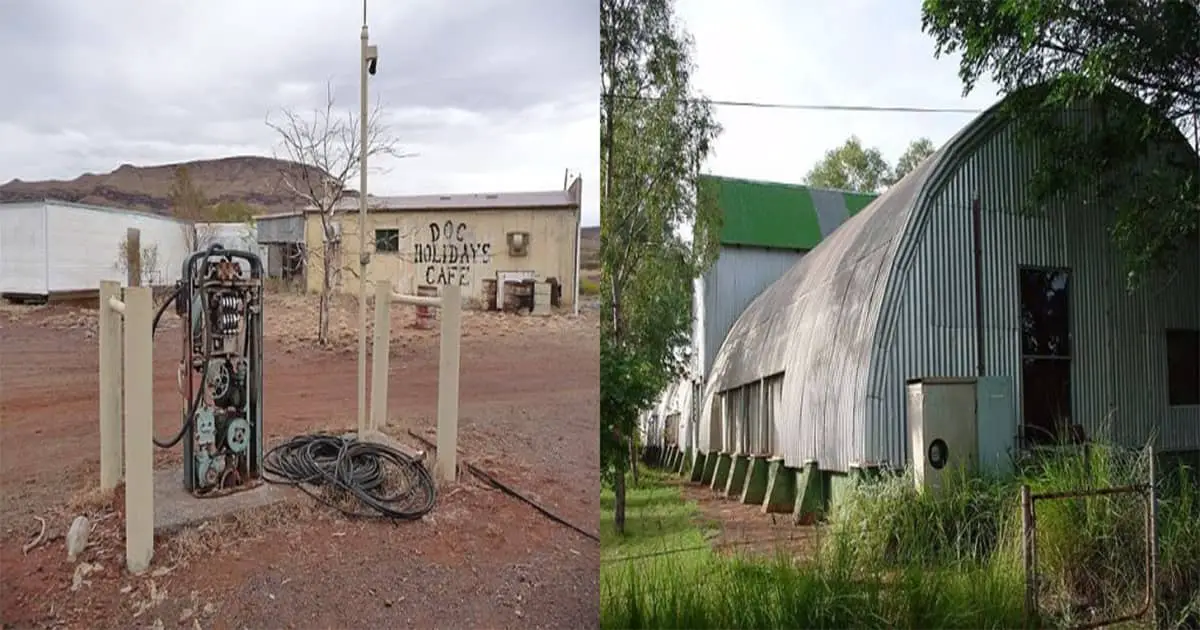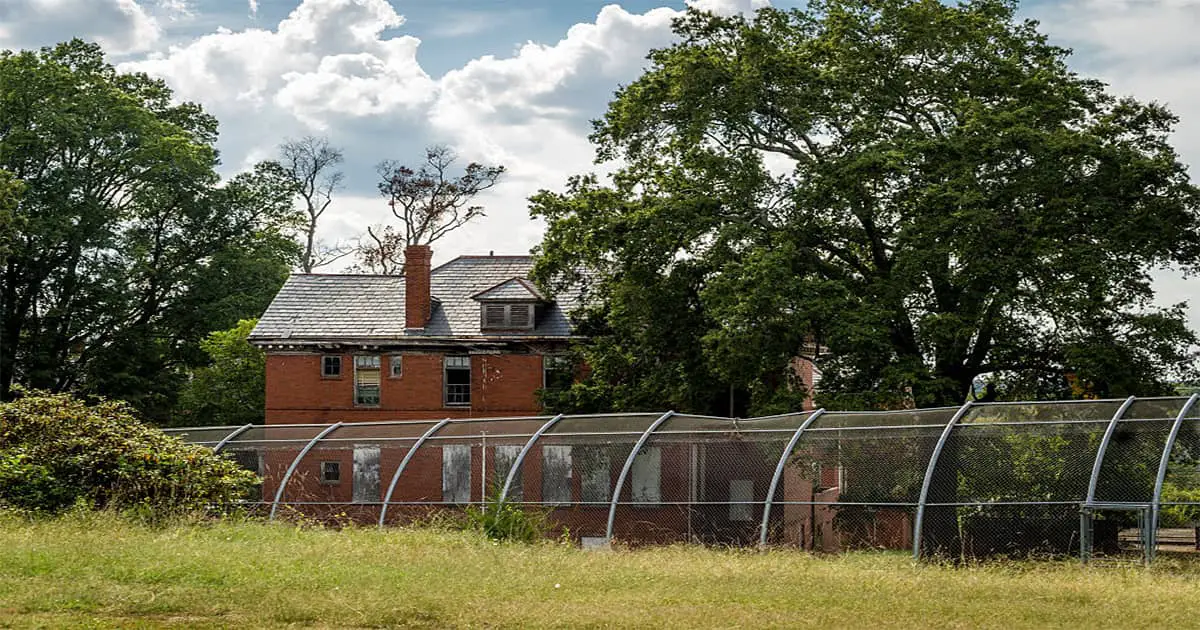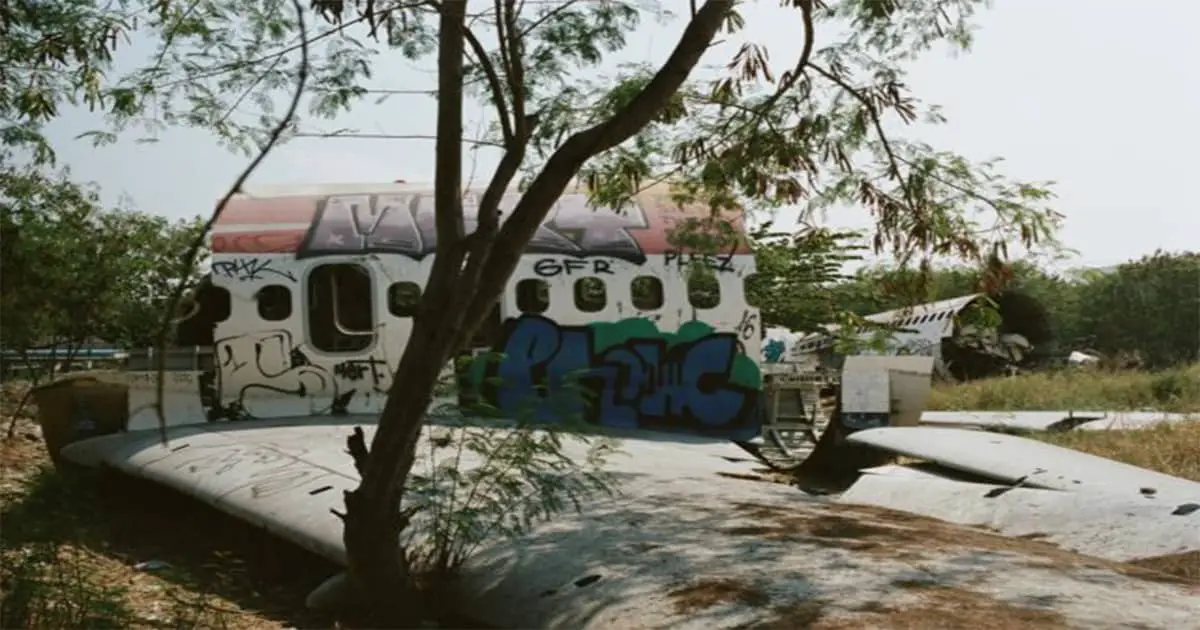Wittenoom is a ghost town of about 8 people who receive no public services. The Western Australian Government announced in December 2006 that the town would be degazetted, and in June 2007, Hon Jon Ford, Minister for Regional Development, announced that the townsite status had been officially removed.

As a result, the town’s name will be removed from official maps and road signs, and the Shire of Ashburton will be able to close roads leading to contaminated areas.
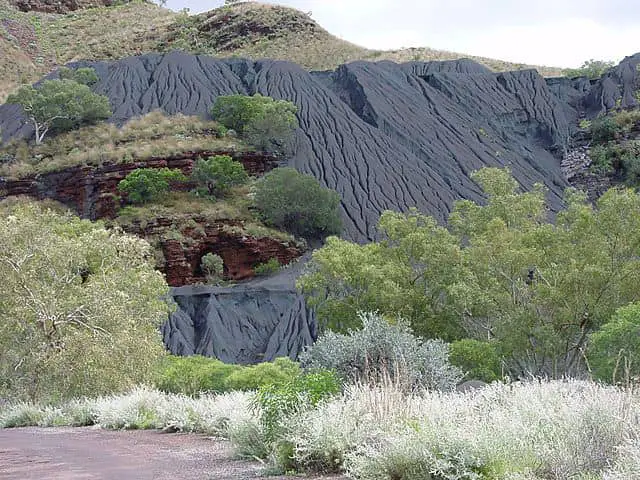
Location
Wittenoom, a former blue asbestos mining town 1,400 miles northeast of Perth, Australia, has been dubbed the “largest contaminated site in the Southern Hemisphere.” Despite warning signs, thousands of tourists visit each year, much to the detriment of their own health.
Origin of the Name
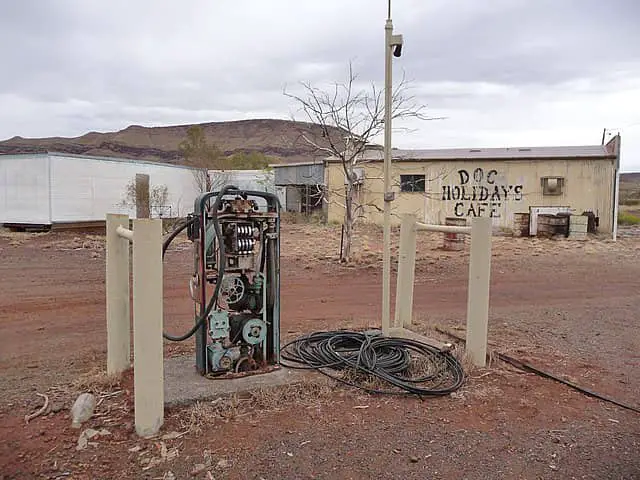
Wittenoom and Wittenoom Gorge were named after Sir Edward Horne Wittenoom (1854–1936), a pastoralist and politician.
History
- Francis Gregory, an explorer, led an expedition into the Hamersley Ranges in 1861.
- The expedition reported on the Pilbara region’s rich pastoral potential and was responsible for the establishment of the towns of Roebourne and Cossack.
- After that, the land around Wittenoom was settled, and Wittenoom Gorge was named after the pastoralist and politician Sir Edward Horne Wittenoom (1854–1936).
- By 1917, the West Australian Mines Dept was aware of the presence of asbestos at Wittenoom.
- Until the 1930s, the area was pastoral and isolated.
- The first major mining occurred in Yampire Gorge in 1939.
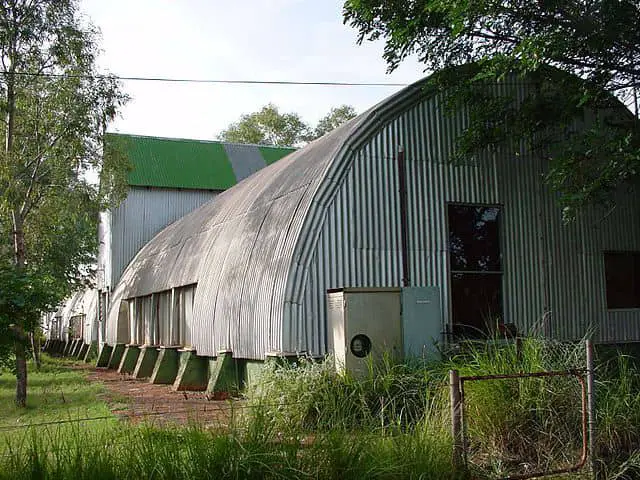
In 1943, mining was relocated to Wittenoom Gorge.
- Lang Hancock, a mining magnate, was one of several people involved in the site’s early development. In 1943, he sold his stake to CSR subsidiary Australian Blue Asbestos Pty Ltd.
- As early as 1943, health concerns about asbestos dust were raised.
- Between 1946 and 1947, a ‘company town’ was built to house miners and their families.
- Wittenoom was Australia’s sole supplier of asbestos from 1950 to the early 1960s. A total of approximately 161,000 tons was mined.
- Wittenoom miner has been diagnosed with mesothelioma as early as 1961.
- The mine closed in 1966 because it was no longer profitable.
- Between 1986 and 1992, the town’s houses and buildings were demolished.
- The airport was officially closed in 1993.
- In 2006, the power grid was shut down.
- The Western Australian government removed Wittenoom from the map in 2007.
- In 2008, the town was officially designated as a contaminated site.
- In 2015, the Western Australian government proposed legislation to compel people to leave the area.
- By 2017, only Lorraine Thomas, Mario Hartmann, and Peter Heyward remained in town.
- It is now recognized as the most polluted site in the Southern Hemisphere.
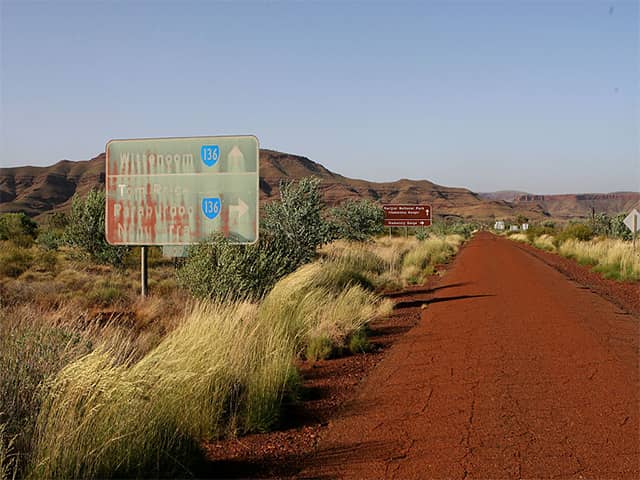
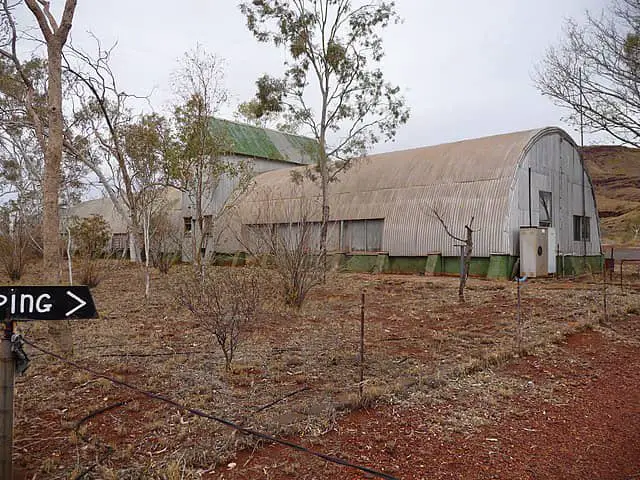
Despite the ongoing risks associated with asbestos fibers in the air, a number of residents remained in early 2006, defying the Western Australian Government’s removal of services and stated intention to demolish the town.
On June 30, 2006, the government disconnected Wittenoom from the power grid. Between May and November 2006, three residents accepted the government’s offer to buy their homes for up to A$39,804, plus a 10% solatium and $10,000 relocation costs.
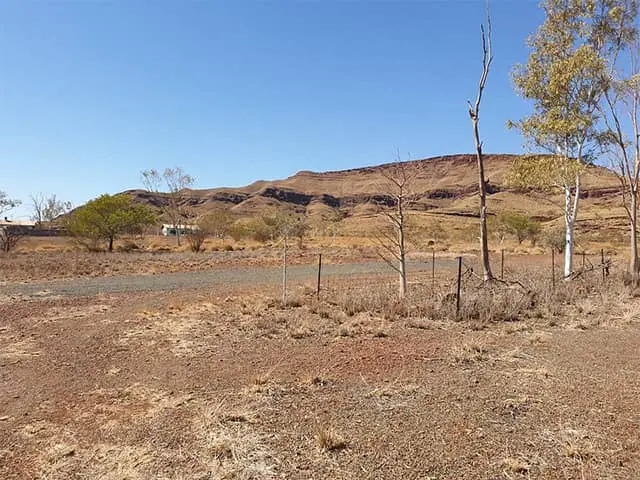
Wittenoom’s status as a town was removed by Minister for the Pilbara and Regional Development Jon Ford in December 2006, and the townsite status was officially removed in June 2007.
He also urged the remaining residents to accept the govt’s relocation offer, pointing out that a recent detailed report into asbestos contamination in Wittenoom clearly shows that the risks for the majority of people who use the various sites in and around Wittenoom are classified as medium to high.
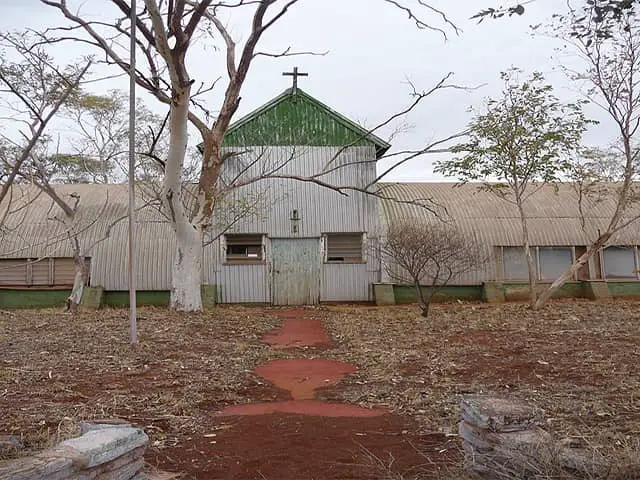
The Western Australian Department of Health reviewed the report and determined that the levels of risk of contamination in Wittenoom represent an unacceptable level of risk from a public health standpoint.
A Steering Committee comprised of representatives from various government agencies meets on a regular basis to discuss the area’s ongoing closure stages.
Wittenoom is near several spectacular ravines in the Hamersley Ranges and Karijini National Park.
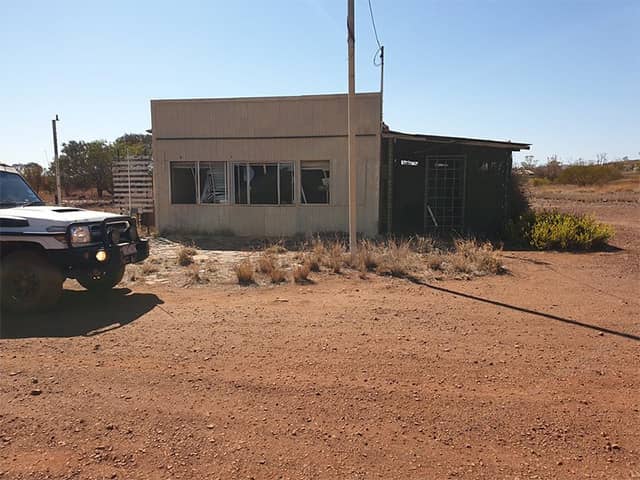
Blue asbestos was discovered.
Until Langley Hancock discovered blue asbestos crocidolite in an area gorge on the Mulga Downs property in the 1930s, the area surrounding Wittenoom was largely pastoral. It was commonly used in rope lagging and pipe insulation, as well as cement sheets and fire-proofing ceiling tiles, and is now known to be the most dangerous type of asbestos.
Hancock showed blue asbestos samples to Walter Leonard and Islwyn Walters, who were excavating white asbestos at Nunyerrie and Lionel. Hancock immediately laid claim to the area after learning how so much money he could make from the mineral – £70 per ton. He named it Wittenoom Gorge after his Mulga Downs partner, Frank Wittenoom.
Follow us on Facebook: Viral Eye
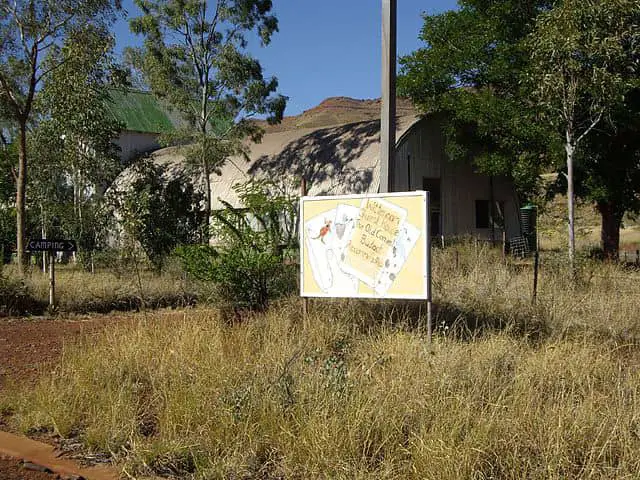
Colonel Sugar Refining Company (CSR) purchased both the Wittenoom and nearby Yampire mines through a subsidiary in 1943, closing the latter the same year. A tent city was built one kilometer from the mill to house the miners working in the gorge. While the majority of men lived in tents, employees with higher-ranking positions and titles lived in houses.
By 1947, there could be up to 200 miners working at Wittenoom Gorge.
Wittenoom is established as a town.
To expand blue asbestos mining, the CSR approached the government for help in establishing a town seven miles from the Wittenoom Gorge mine. The government agreed to provide equipment and resources for the construction of housing and a reliable water supply, as well as a post office, hospital, police station, and school. It also agreed to build a road that would connect the town to the gorge.
The CSR agreed to build a general store, a butcher shop and bakery, a hotel, a cafeteria and café, a library, and employee amenities to supplement these efforts.
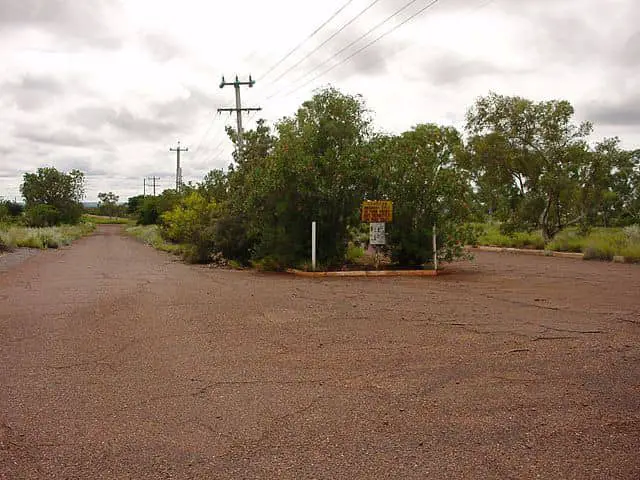
Wittenoom was founded in 1947 and named a year later. The name was changed to Wittenoom Gorge in 1951 and stayed that way for 23 years before being changed back to Wittenoom.
Wittenoom was the area’s largest settlement during the 1950s, with a peak population of 280 females and 881 males in 1961. An estimated 20,000 people came and went from the town during the mine’s mining and milling operations, drawn by the mine’s success. Wittenoom was Australia’s sole supplier of blue asbestos for over a decade, exporting 150,000 tons.
The Wittenoom Gorge mine was closed in 1966 due to unprofitability and growing concerns about miners’ health. The mining of blue asbestos was prohibited in Australia the following year. Over 2,000 people who worked and lived in the town have died as a result of asbestos-related illnesses such as lung cancer, asbestosis, and mesothelioma.
In Western Australia, there is a polluted ghost town
Wittenoom no longer receives government services, having been disconnected from the power grid in June 2006.
The same year, consultants from Parsons Brinckerhoff and the GHD Group issued a report revealing a continuing risk to both residents and visitors to the town. When blue asbestos was discovered in the ground and air, an independent auditor who reviewed the report recommended that the area be classified as “Contaminated – Remediation Required,” which it was in January 2008 under the Contaminated Sites Act 2003.
The town’s official status was revoked by the government in December 2006. Its name was removed from maps and road signs, and a steering committee was formed to finalize its demise. Wittenoom is a virtual ghost town except for its two remaining residents. Its businesses are boarded up, as is the local movie theater, and both of its schools have closed.
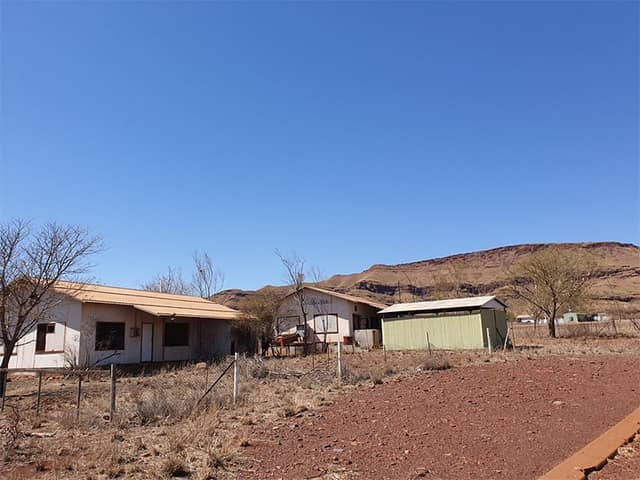
The Wittenoom Closure Bill was reintroduced into Western Australian Parliament in August 2021 and passed in March 2022. It allows for the compulsory acquisition and demolition of the 14 remaining privately owned buildings. The Banjima people, the area’s traditional owners, have petitioned the government to also remediate the land so that it is no longer contaminated.
In Summary of the Wittenoom Tragedy
Wittenoom Asbestos Mining (Remote town in the Pilbara Region of Western Australia)
Colonial Sugar Refinery (CSR) began mining Blue Asbestos at Wittenoom Gorge in April 1943.
CSR closed its asbestos mining operations at Wittenoom on December 31, 1966, citing a lack of profitability and falling asbestos prices.
At Wittenoom, approximately 7,000 men and women worked for CSR blue asbestos mining and milling operations.
Read another Article from us: Abandoned Waverly Hills Sanatorium Kentucky: Ghost Adventures of Southwestern Louisville
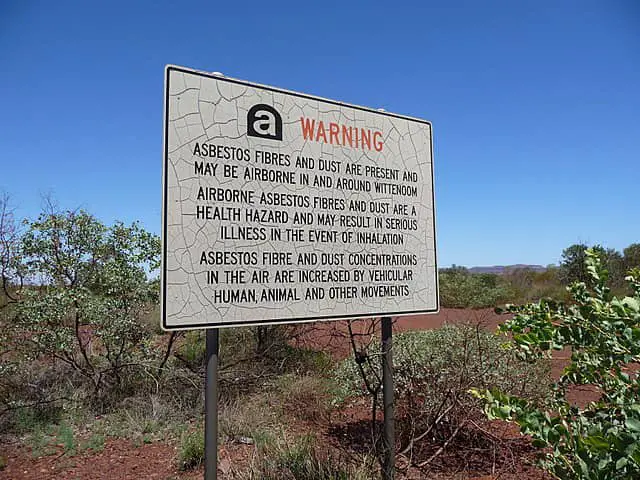
The Wittenoom township housed nearly 150 non-workers, primarily women and children (7000 were children either born in Wittenoom or they arrived with their parents).
More than 2000 Wittenoom workers and residents have died as a result of Asbestos Diseases to date.

